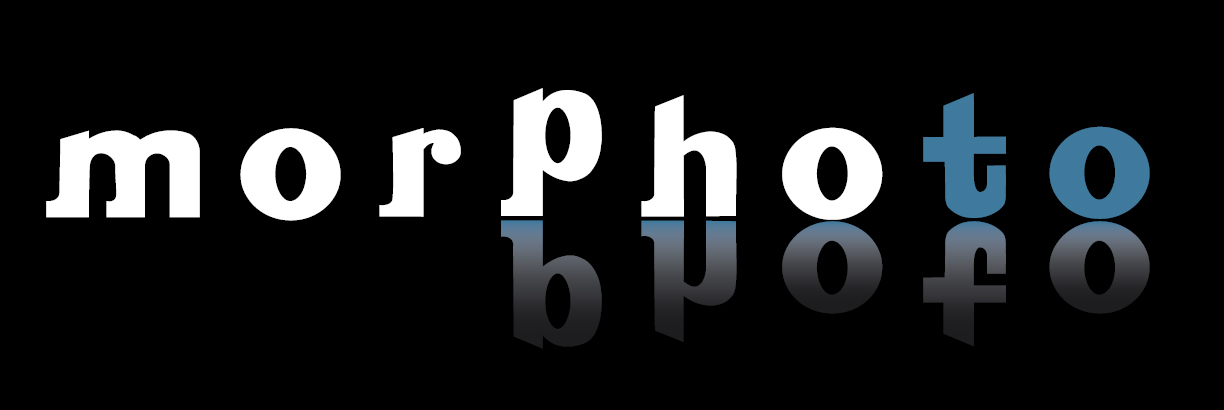There are about 80 thousand Bedouins living in the Sinai regarding themselves as the descendants of the ancient Egyptians. Their ancestors have migrated from Arabia, not as a homogenous ethnic group. They live in nomadic tribes keeping their traditions. Twenty known tribes live in the Sinai, mainly near the seaside, the smallest with merely 500, the largest with about 12 thousand people. Bedouins keep camels, cattle, goats; tend palms, olive trees, and peach orchards – many of them using modern technology. Their most important foods are barley, wheat, corn, lentil and palm fruits. They make many kinds of pies and cakes. At feasts they have lamb with rice. They favour folk remedies like etching or cupping, and they cure by miracles, spells, amulets and gems as well. They appreciate bravery of men, they believe in pride, hospitality and looking after the weak. They are Sunni Muslims. In their spare time and at feasts they perform their own dances. Bedouin men clamp their ropes with leather belts, at feasts their swords are attached as well. They wear cotton or flannel robes in summer, goat wool in winter. An essential piece of women’s clothing is a veil which is different from tribe to tribe, but only allows the eyes of its wearer to be seen in any case. Veils are only allowed to be taken off under cover of the night, when women dance in the moonlight. Their long veils cover them to the ground revealing their marital status, while the number of coins sewn onto their shawls indicates the wealth of the family. Hands and feet of women are covered with tattoos patterned with motifs taken from the nature.
Many Bedouins have adapted to the needs of modern ages: they work as tourist guides, taxi drivers or divemasters of holiday resorts. Moreover they do so, because for the last 30-40 years the Egyptian government has appropriated a growing area inhabited by Bedouins. Estates were demolished to make way for camps and holiday resorts.


